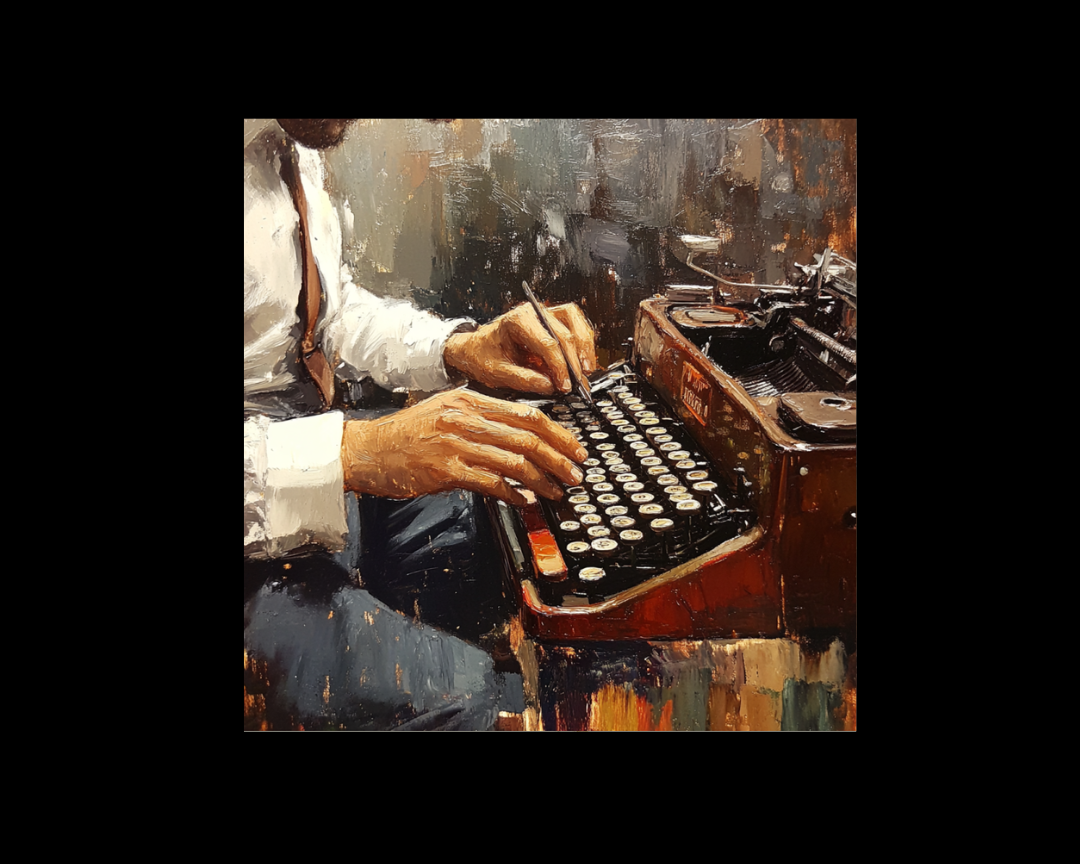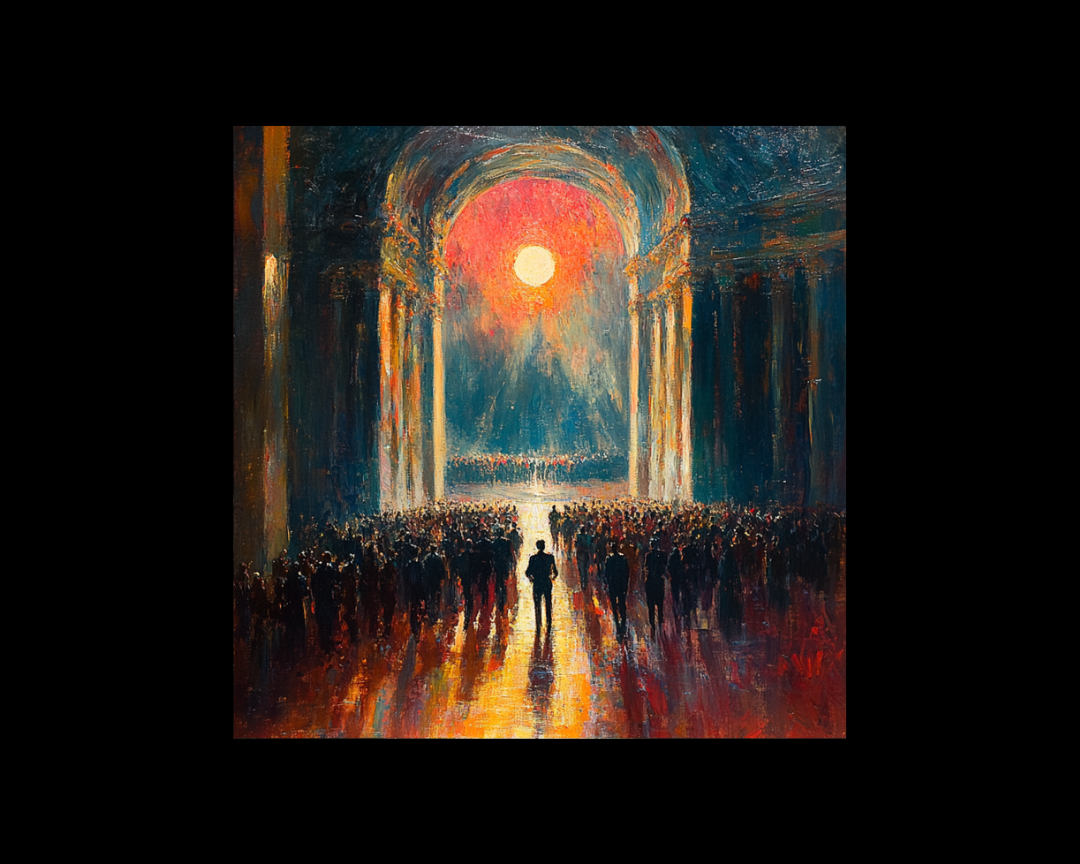How to End a Book: Writing Memorable Final Lines and Moments
Story endings can be thrilling, rewarding, and, for many writers, intimidating. A strong ending must provide resolution, deliver emotional impact,...

The novella occupies literature's sweet spot—long enough to develop complex themes yet short enough to sustain perfect tension throughout. Ian McEwan calls it "the perfect form of prose fiction," and when you consider the outsized impact of works like The Metamorphosis, Of Mice and Men, and A Christmas Carol, it's hard to argue. These aren't simply short novels or long stories; they represent a distinct art form that demands its own techniques and understanding.
The novella's unique length—typically 20,000 to 40,000 words—creates specific opportunities and constraints that skilled writers exploit for maximum effect. Unlike novels, which can meander through subplots and extensive character development, novellas require laser focus. Unlike short stories, which capture single moments or impressions, novellas have space for genuine transformation and complex themes. This balance creates what many consider the most challenging yet rewarding form in prose fiction.
The best way to learn is to take a note from the masters/mavens.
Kafka's 1915 masterpiece demonstrates how novellas can explore profound psychological territory through a single, startling premise. Gregor Samsa's transformation into an insect becomes a lens for examining alienation, family dynamics, and modern existential anxiety. The brilliance lies in Kafka's commitment to the central metaphor—every scene serves the exploration of what it means to become literally and figuratively inhuman.
The structural lesson here is crucial: Kafka never wavers from his central conceit. The entire novella radiates from that single transformative moment, with each scene deepening our understanding of the implications. This teaches us that successful novellas often work like extended metaphors, where one powerful idea generates an entire world of meaning. The tight focus prevents the dilution that might occur in a longer work while providing enough space to fully explore the concept's ramifications.
Steinbeck's 1937 novella showcases how the form can carry enormous emotional weight through careful character development and inevitable tragedy. The relationship between George and Lennie becomes a meditation on friendship, dreams, and survival during the Great Depression. Steinbeck achieves remarkable depth by limiting his cast to essential characters and setting most action in just a few locations.
The structural technique worth studying is Steinbeck's use of foreshadowing and parallel incidents. The killing of Candy's dog prefigures the novella's climax, while the dream of the farm becomes both motivation and impossible fantasy. This teaches us that novellas benefit from careful layering—every element should serve multiple purposes, creating resonances that give the work depth beyond its length. Steinbeck also demonstrates how external conflict (economic hardship, social prejudice) can illuminate internal struggles without requiring extensive exposition.
Dickens' 1843 novella provides a masterclass in using structure to support theme. The five-section format (Stave One through Five) creates a perfect arc of revelation and transformation, with each ghostly visit building toward Scrooge's redemption. The temporal structure—past, present, future—gives the work both philosophical depth and narrative momentum.
What makes this particularly instructive for novella writers is how Dickens uses repetitive elements to create both unity and development. We revisit the same locations (Scrooge's chambers, the Cratchit home) but see them differently as Scrooge's perspective changes. This technique allows maximum impact from minimal settings while demonstrating character growth. The lesson: novellas can achieve epic scope through intensive rather than extensive development, diving deep into specific moments and locations rather than sprawling across many.
Hemingway's 1952 Pulitzer Prize winner demonstrates how pared-down prose can carry enormous thematic weight. The story of Santiago's struggle with the great fish becomes an exploration of dignity, perseverance, and the relationship between humans and nature. Hemingway achieves this depth through his famous iceberg theory—the surface story suggests vast depths of meaning beneath.
The technical lesson here involves economy of language and situation. Most of the novella takes place in Santiago's skiff, with just the old man, the fish, and the sea. Yet this limitation becomes the source of the work's power. Every detail matters; every conversation reveals character; every description serves the larger themes. This teaches novella writers that constraints can be liberating—by limiting scope, you can achieve greater intensity and focus.
Capote's 1958 novella shows how a distinctive narrative voice can carry an entire work while creating an indelible sense of time and place. The unnamed narrator's observations of Holly Golightly create a portrait of both a fascinating character and a specific moment in New York City history. The episodic structure mimics the fragmentary nature of memory while building toward emotional revelation.
The key technique here is how Capote uses voice to control pacing and revelation. The narrator's retrospective tone creates both intimacy and distance, allowing us to see Holly clearly while maintaining her essential mystery. This demonstrates how novellas can benefit from unreliable or limited narrators who reveal as much about themselves as their subjects. The atmosphere becomes almost a character itself, showing how setting can provide unity when plot structure is more loose and episodic.
There are some basics to get down if you want to master this writing genre.
Unlike novels, which can sustain multiple plot lines and complex subplots, novellas achieve their power through singular focus. The most successful novellas explore one central conflict or question in depth rather than attempting broad scope. This doesn't mean the conflict must be simple—The Metamorphosis raises questions about identity, family, work, and human nature—but it means everything should relate to that central concern.
When planning your novella, identify the one question or conflict that drives everything else. Every scene, character, and detail should either develop this central element or be eliminated. This surgical approach to storytelling creates the compression that gives novellas their distinctive power. Think of it as literary sculpture—you're carving away everything that doesn't serve the essential form.
Novella length demands that writers become masters of suggestion and implication. You don't have space for extensive backstory or detailed exposition, so every element must work harder. A character's gesture, a repeated image, or a carefully chosen detail must carry the weight that pages of description might bear in a novel.
Study how Hemingway suggests Santiago's entire history through small details—his hands, his eyes, his dreams of lions. Notice how Kafka implies Gregor's pre-transformation life through brief references rather than flashbacks. This technique requires trusting your readers to make connections and inferences. The reward is prose that feels both economical and rich, dense with meaning but never overwrought.
Because novellas lack the natural breaking points of novel chapters, they require other unifying elements. The most effective technique involves establishing key images, phrases, or motifs early, then repeating them with variations that show development or change. Dickens does this masterfully with the various Christmas scenes in A Christmas Carol—each celebration we witness shows different aspects of joy, connection, and community.
This technique serves both structural and thematic purposes. Structurally, repetition creates coherence and flow. Thematically, variations show change and development. When planning your novella, identify the key images or concepts that embody your central themes, then find ways to revisit them throughout the work with new understanding or emphasis.
With limited space for extensive character development, novellas must reveal personality through what characters do rather than lengthy interior monologues or biographical information. The most memorable novella characters are defined by crucial choices they make under pressure. Scrooge's transformation occurs through active decisions, not passive reflection. George's final choice regarding Lennie defines both characters completely.
Focus on creating situations that force your characters to reveal their essential nature through action. What they choose when faced with difficult decisions tells us more about who they are than pages of backstory could. This approach also maintains the forward momentum that novellas require—character development happens through plot advancement rather than separate from it.
Let's talk through this.
Many successful novellas compress significant action into a short timeframe, creating natural unity and urgency. A Christmas Carol takes place over a single night; The Old Man and the Sea covers just three days. This temporal compression forces focus while creating inherent dramatic tension—everything must be resolved within the established timeframe.
Consider whether your story concept would benefit from tight temporal limits. This approach works particularly well for transformation stories, crisis narratives, or revelation plots. The time pressure can serve your themes while providing natural structure for the narrative.
Physical or metaphorical journeys provide natural frameworks for novellas. The movement from one place to another, or one state of being to another, creates inherent progression while allowing for encounters and revelations along the way. This structure works for both external adventures and internal transformations.
When using journey structure, ensure that each stage of the journey serves the larger narrative purpose. The stops along the way should represent steps in character development or thematic exploration, not merely picturesque episodes. The destination—physical or metaphorical—should feel both inevitable and earned.
Some novellas work backward from a crucial revelation, with the entire narrative designed to prepare readers for a transformative understanding. This approach requires careful management of information—you must provide enough clues to make the revelation feel earned while maintaining suspense about its exact nature.
This structure works particularly well for psychological novellas or those exploring family secrets, hidden histories, or moral complexities. The key is ensuring that the revelation recontextualizes everything that came before, making readers want to immediately revisit the story with new understanding.
Many writers attempt novellas by simply writing shorter novels, but this approach typically fails because it doesn't account for the form's unique requirements. Novels can support loose ends, minor characters who don't serve clear purposes, and scenes that exist primarily for atmosphere. Novellas cannot sustain this kind of expansiveness without losing focus and momentum.
Similarly, attempting to cram a novel-sized story into novella length usually results in rushed pacing and underdeveloped elements. The key is choosing story concepts that naturally fit the novella form—stories with single central conflicts, limited casts, and focused themes. The goal is intensity rather than extensiveness, depth rather than breadth.
The novella offers writers a unique opportunity to create works of concentrated power and lasting impact. By studying masterful examples and understanding the form's specific requirements, you can harness its distinctive advantages. The constraints that might seem limiting actually provide creative opportunities—the need for focus forces clarity of vision, while the compressed length creates natural intensity.
Remember that successful novellas aren't simply short novels or long short stories; they're works that fully exploit the possibilities of their length. They achieve depth through intensity rather than extensiveness, create unity through careful focus rather than sprawling scope, and leave lasting impressions through concentrated artistry rather than accumulated detail.
The novella masters understood that this form rewards precision, commitment, and trust in readers' intelligence. By following their example and embracing the novella's unique demands, you can create works that achieve maximum impact through perfect form—literature's most elegant balance of scope and focus.
Ready to craft a novella that stands alongside the masters? Hire a Writer's fiction specialists understand the unique demands of this challenging form. Our experienced team can help you identify the perfect concept for novella treatment, develop the focused structure these works require, and polish your prose to achieve the compression and intensity that makes novellas unforgettable. Whether you're adapting longer work into novella form or starting fresh with a concept perfectly suited to this length, we'll help you create fiction that maximizes every word. Contact us to discover how professional guidance can help you master literature's most perfectly balanced form.

Story endings can be thrilling, rewarding, and, for many writers, intimidating. A strong ending must provide resolution, deliver emotional impact,...

Villains are the dark heartbeats that pulse through stories, captivating readers with their sinister allure. From Emperor Palpatine to Lord...
.png)
Characters are individuals who want something, and these desires can be categorized into two distinct types: the character's intrinsic wish...